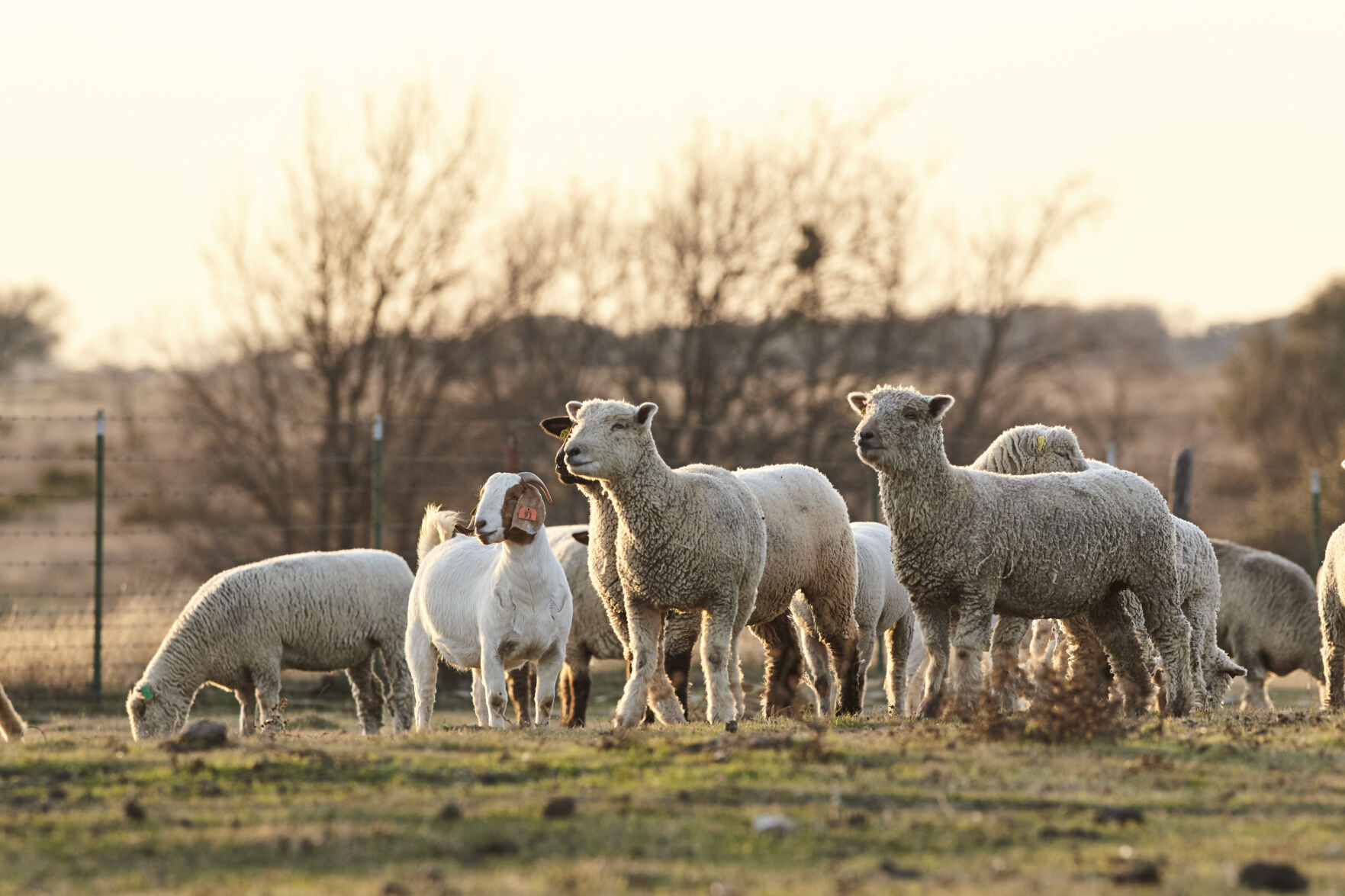Don’t let drought woes follow you into 2022

With a little extra care, sheep and goat producers can help animals overcome short- and long-term impacts of last year’s drought.
Drought was nearly a constant state of being last year, starting in late 2020 and persisting throughout 2021. In fact, 52% of the Western United States experienced extreme or exceptional drought as late as mid-October 2021, according to the Oct. 12, 2021, U.S. Drought Monitor.
While we certainly felt the effects of drought in the year behind us, sheep and goat producers can do plenty to stop drought’s lingering impact in the new year.
“Offsetting the impacts of drought is really a simple fix,” says Clay Elliott, Ph.D. and small ruminant nutritionist with Purina Animal Nutrition. “It’s a matter of knowing what to look out for and giving your flock or herd a little bit of extra care.”
Here are four potential drought impacts to watch out for and what you can do to reduce their effects:
1. Weaning weights
With drought impacting pasture quality and forage availability in 2021, many ewes and does were thin going into breeding season.
“Ewes and does not in proper body condition during breeding may have had issues in terms of conception on first service,” says Elliott. “Looking ahead to spring, we’re likely going to see more lambs and kids born later than we’re used to.”
Later-born lambs and kids need to play catch-up to reach weaning weights on par with the rest of the flock or herd. Implementing a creep feeding program is helpful to give lambs and kids the extra boost of protein, fat and trace mineral they need for quick, efficient growth.
2. Correct condition
If ewes and does are still under conditioned during gestation, it could impact the development of the growing lambs and kids. Nutrition plays a critical role in fetal programming, or the “prenatal programming” lambs and kids experience in utero that will impact their health for their entire lifespan. Providing ewes and does with adequate nutrition during gestation can help ensure growing babies are properly developed and moms are ready to support lambs and kids after they’re born.
“It’s imperative that once lambs and kids are on the ground, they get quality colostrum from mom,” says Elliott. “But, if ewes and does are nutritionally deprived during gestation, you could see an exponential effect on those babies due to lack of quality colostrum.”
Use a body condition score chart for sheep and goats to identify if extra nutrition, such as a mineral or protein supplement, is needed.
3. Forage financials
According to the National Drought Mitigation Center, the percentage of alfalfa hay acreage affected by drought in 2021 was the largest in the past decade. These poor growing conditions will have a domino effect into 2022. Not only will most of the forage quality be low, but the cost of purchasing high-quality hay is also currently off the charts and will likely remain high.
“Supplementing low-quality hay with a high-fat block product will help keep ewes and does in good condition without having to sacrifice financially to buy high-quality hay,” says Elliott. “It’s a win-win situation.”
4. Missing minerals
“Ewes and does are likely already deficient in vitamins and minerals due to eating drought-impacted pasture much of last year,” says Elliott. “And, this deficiency will continue as forages grown during the drought will also lack proper levels of vitamins and minerals.”
Feeding free-choice mineral with 90% or greater bioavailability is recommended year-round to keep a consistent level of nutrition and proactively mitigate impacts from drought or other unexpected challenges. If you aren’t already, start feeding a mineral high in calcium and other trace minerals now to support growing lambs and kids during gestation.
Taking small steps now to offset the impacts of drought in your flock or herd will go a long way to a successful year ahead. Contact your local Purina nutritionist or visit purinamills.com to learn more.

